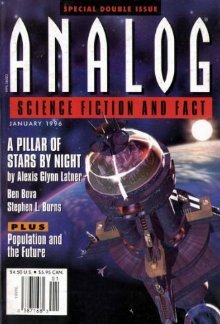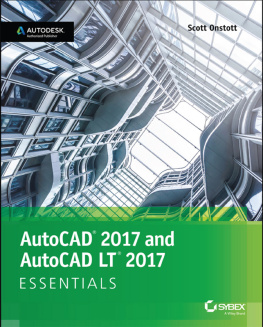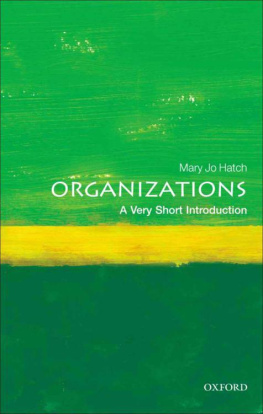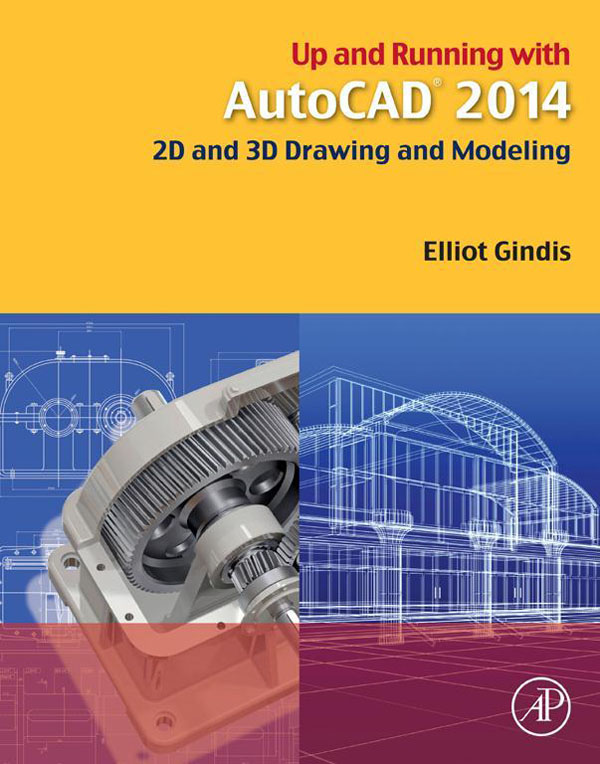Copyright
Academic Press is an imprint of Elsevier
225 Wyman Street, Waltham, MA 02451, USA
The Boulevard, Langford Lane, Kidlington, Oxford, OX5 1GB, UK
Copyright 2014 Elsevier Inc. All rights reserved
No part of this publication may be reproduced or transmitted in any form or by any means, electronic or mechanical, including photocopying, recording, or any information storage and retrieval system, without permission in writing from the publisher. Details on how to seek permission, further information about the Publishers permissions policies and our arrangements with organizations such as the Copyright Clearance Center and the Copyright Licensing Agency, can be found at our website: www.elsevier.com/permissions.
This book and the individual contributions contained in it are protected under copyright by the Publisher (other than as may be noted herein).
Notices
Knowledge and best practice in this fi eld are constantly changing. As new research and experience broaden our understanding, changes in research methods, professional practices, or medical treatment may become necessary.
Practitioners and researchers must always rely on their own experience and knowledge in evaluating and using any information, methods, compounds, or experiments described herein. In using such information or methods they should be mindful of their own safety and the safety of others,including parties for whom they have a professional responsibility.
To the fullest extent of the law, neither the Publisher nor the authors, contributors, or editors, assume any liability for any injury and/or damage to persons or property as a matter of products liability, negligence or otherwise, or from any use or operation of any methods, products, instructions, or ideas contained in the material herein.
British Library Cataloguing-in-Publication Data
A catalogue record for this book is available from the British Library
Library of Congress Cataloging-in-Publication Data
A catalog record for this book is available from the Library of Congress
ISBN: 978-0-12410-492-1
For information on all Academic Press publications visit our website at elsevierdirect.com
Printed and bound in the USA
13 14 15 16 10 9 8 7 6 5 4 3 2 1

Acknowledgments
A textbook of this magnitude is rarely a product of only one persons effort. I thank all the early and ongoing reviewers of this text and Chris Ramirez of Vertical Technologies Consulting for research and ideas when most needed as well as using the text in his classroom. A big thank you also to Karen Miletsky at Pratt Institute of Design, Russell and Titu Sarder at Netcom Information Technology, and everyone at New York Institute of Technology, RoboTECH CAD solutions, and other premier training centers for their past and present support.
Extensive gratitude also goes to Joseph P. Hayton, Stephen R. Merken, Jeff Freeland, Gnomi Gouldin, Kathleen Chaney, and the rest of the team at Elsevier for believing in the project and for their invaluable support in getting the book out to market. Thank you also to Jan Neff-Sinclair for painstaking proofreading and for providing detailed errata of the previous edition and to Denis Cadu of Autodesk for all the support at the Autodesk Developers Network. Special thanks also to Rick and Ken at Computer Resellers of Macon for all the fixes needed to keep my PC in tip top shape to enable me to make my deadlines!
Finally, I thank my friends and family, especially my parents, Boris and Tatyana Gindis, for their patience and encouragement as well as standing by me as months of work turned into years.
This book is dedicated to the hundreds of students who have passed through my classrooms and made teaching the enjoyable adventure it has become.
Elliot Gindis
April 2014
About the Author

Elliot J. Gindis started out using AutoCAD professionally in a New York City area civil engineering company in September 1996, moving on to consulting work shortly afterward. He has since drafted in a wide variety of fields ranging from all aspects of architecture and building design to electrical, mechanical, civil, structural, aerospace, and rail design. These assignments, including lengthy stays with IBM and Siemens Transportation Systems, totaled over 50+companies to date.
In 1999, Elliot began teaching part-time at Pratt Institute of Design, followed by positions at Netcom Information Systems, RoboTECH CAD solutions and more recently at New York Institute of Technology. In 2003, he formed Vertical Technologies Consulting and Design (www.VTCDesign.com), an AutoCAD training firm that continues to train corporate clients nationwide in using and optimizing AutoCAD.
Elliot holds a bachelors degree in aerospace engineering from Embry Riddle Aeronautical University, and a masters degree in mechanical engineering from Mercer University. As of 2009, he resides in the Atlanta area and is a structural and systems engineer for the United States Air Force. He also continues to be involved with AutoCAD education and CAD consulting. Up and Running with AutoCAD 2014, which carefully incorporates lessons learned from 17 years of teaching and industry work, is his seventh overall textbook on the subject. His 2012 textbook has also been translated, and is available in Spanish from Anaya Multimedia. He can be reached at: .
Previous textbooks by Elliot Gindis:
Operational AutoCAD 2008, New York (NY): Netcom Inc. (out of print)
Up and Running with AutoCAD 2009 [e-book only], Waltham (MA): Elsevier, Inc.
Up and Running with AutoCAD 2010, Waltham (MA): Elsevier, Inc.
Up and Running with AutoCAD 20112D Drawing and Modeling, Waltham (MA): Elsevier, Inc.
Up and Running with AutoCAD 20112D and 3D Drawing and Modeling, Waltham (MA): Elsevier, Inc.
Up and Running with AutoCAD 20122D Drawing and Modeling, Waltham (MA): Elsevier, Inc.
Up and Running with AutoCAD 20122D and 3D Drawing and Modeling, Waltham (MA): Elsevier, Inc.
Up and Running with AutoCAD 20132D Drawing and Modeling, Waltham (MA): Elsevier, Inc.
Up and Running with AutoCAD 20132D and 3D Drawing and Modeling, Waltham (MA): Elsevier, Inc.
AutoCAD 2012Dibujar y Modelar en 2D y 3D [in Spanish], Madrid (Spain): Anaya Multimedia.
Preface
What is AutoCAD?
AutoCAD is a drafting and design software package developed and marketed by Autodesk, Inc. As of 2013, it has been around for approximately 31 yearsseveral lifetimes in the software industry. It has grown from modest beginnings to an industry standard, often imitated, sometimes exceeded, but never equaled. The basic premise of its design is simple and is the main reason for AutoCADs success. Anything you can think of, you can draw quickly and easily. For many years, AutoCAD remained a superb 2D electronic drafting board, replacing the pencil and paper for an entire generation of technical professionals. In recent releases, its 3D capabilities finally matured, and AutoCAD is now also considered an excellent 3D visualization tool, especially for architecture and interior design.
















